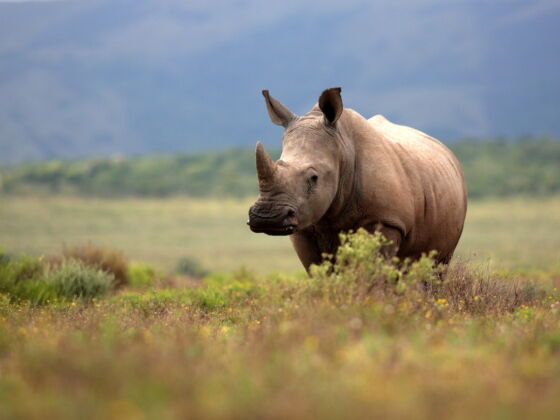THE SUN over the iMfolozi Game Reserve in South Africa burns until heatwaves radiate from the black dashboard. My French aunt is struggling in the backseat. She’s not used to this climate. My little five-year-old cousin, Lémoni, sniffs at the air pouring in through the open windows.
“It smells weird.”
“That’s the smell of dust,” I say.
Most of my family is packed into a convoy of two cars. The bush is luscious after the rainy season and a ribbon of road unfurls before us over the hills. The Hluhluwe-iMfolozi Game Reserve is the oldest in Africa. From the top of a crest I get a fleeting sense of its immensity: 96,000 hectares in all. This land is home to the world’s largest population of white rhinos. In 1895, after being hunted excessively by European settlers, the white rhino was believed to be extinct. That’s when a small number of them were rediscovered in the Hluhluwe-iMfolozi region and the game reserve was created.
